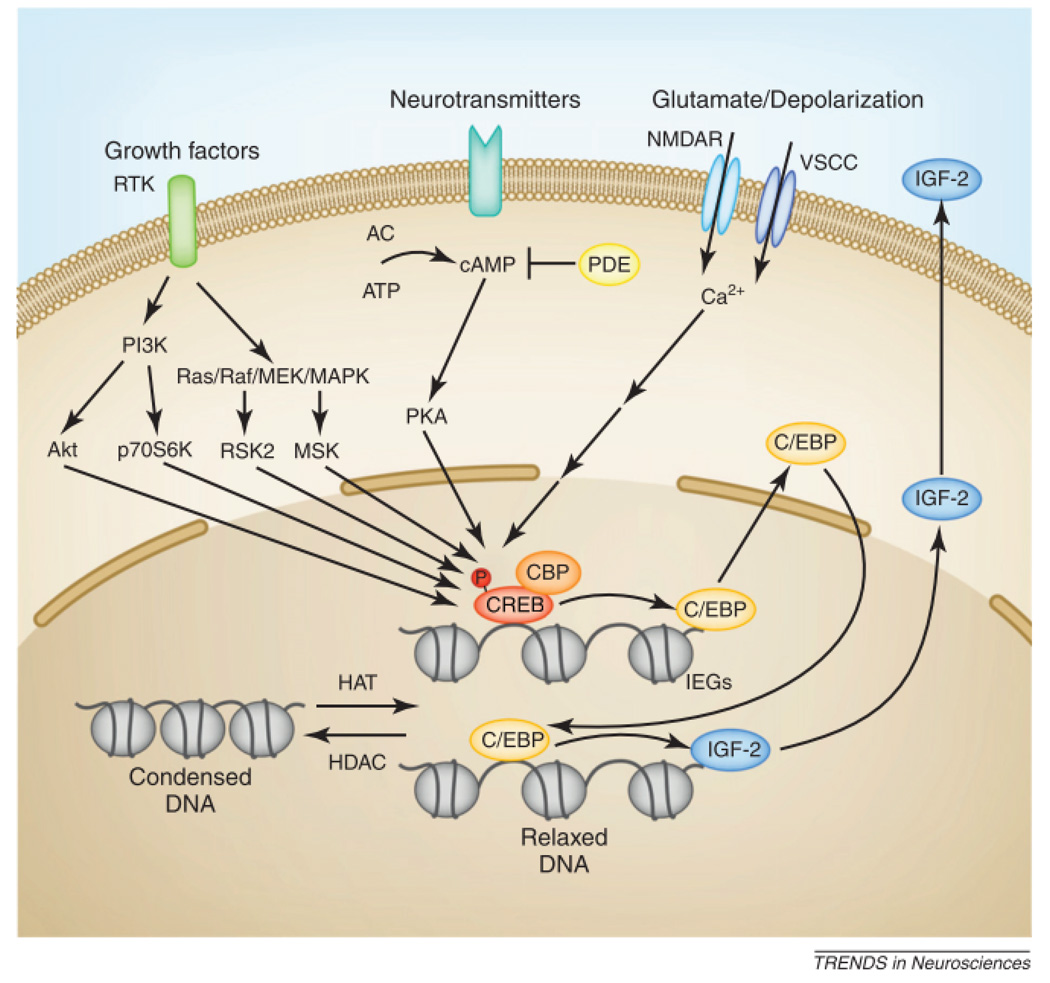Figure 2. Schematic representation of the CREB-C/EBP pathway targeted for memory enhancement.
Taken from: Alberini CM Chen DY (2012)28
A number of intracellular signal transduction pathways are activated upon learning by diverse stimuli, such as stress, neurotransmitters, growth factors and membrane depolarization, and lead to activation of the CREB-C/EBP pathway. Growth factors bind to and signal via dimerized receptor tyrosine kinase (RTK), which induces activation of both the Ras/Raf/mitogen-activated protein kinase (MAPK)/MAP kinase kinase (MEK) pathway and the phosphatidylinositol 3-kinase (PI3K)-dependent pathway. Activation of these pathways recruit additional protein kinases, including p90 ribosomal S6 kinase (RSK2) and mitogen- and stress-activated protein kinase (MSK) for the MAPK-dependent pathway and Akt and p70S6 kinase(p70S6K) for the PI3K-dependent pathway to catalyze phosphorylation of CREB (pCREB) in its Ser-133 residue, which is an important step for its activation. Another route of CREB phosphorylation is through neurotransmitters binding to their receptors, through which they can couple cAMP by regulating adenylyl cyclase (AC) activity. cAMP recruits protein kinase A (PKA) as the main kinase for CREB phosphorylation. Phosphodiesterase (PDE) can catalyze the hydrolysis of cAMP and inhibit its signaling. Additionally, increases in intracellular Ca2+ influx through voltage- or ligand-gated cation channels, such as voltage-sensitive calcium channels (VSCCs) or NMDA receptors (NMDARs), can also lead to CREB phosphorylation via different calcium-dependent protein kinases. Once phosphorylated, CREB recruits its transcription coactivator CREB-binding protein (CBP) to promote transcription of CREB-target genes, such as the immediate early gene, C/EBP. C/EBP, in turn, regulates a number of late-response genes, for example, IGF-II. Targeting any of these upstream pathways in a manner that leads to increased CREB or C/EBP activation, or targeting CREB-C/EBP target genes (as in the case of IGF-II), may in turn lead to long-term memory enhancement. Reprinted from Trends in Neuroscience 35(5), Alberini CM, Chen DY. Memory Enhancement: consolidation, reconsolidation and insulin-like growth factor 2., 274–283 Copyright (2012)

